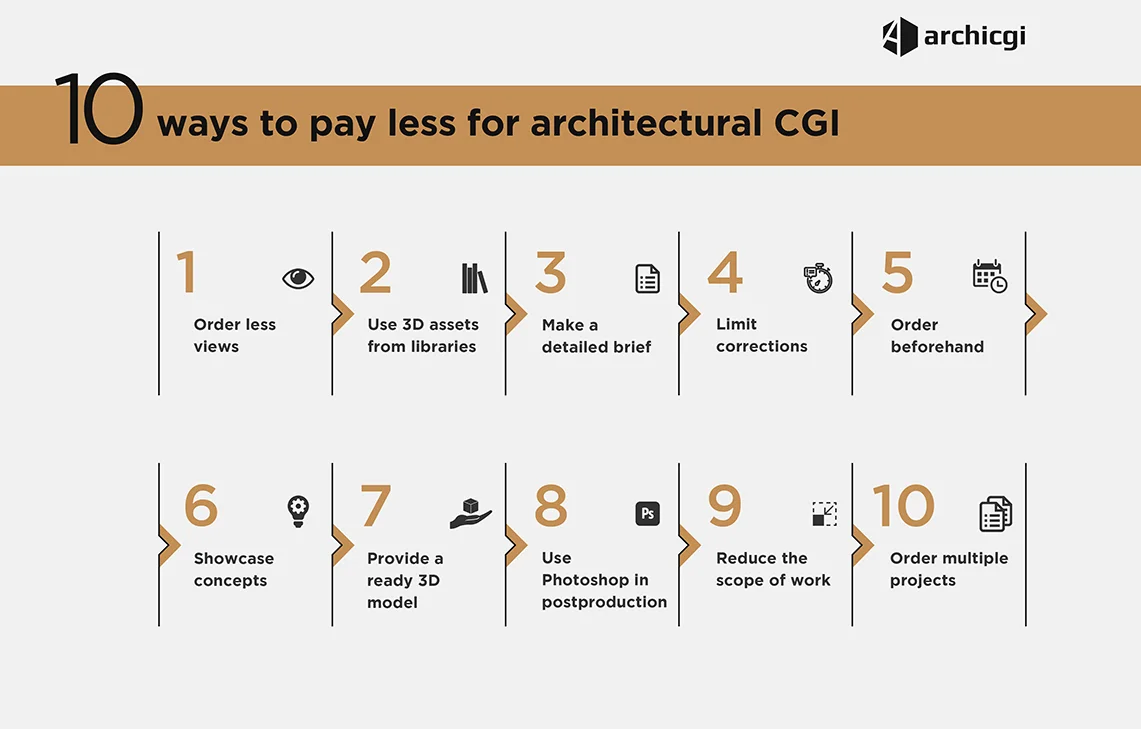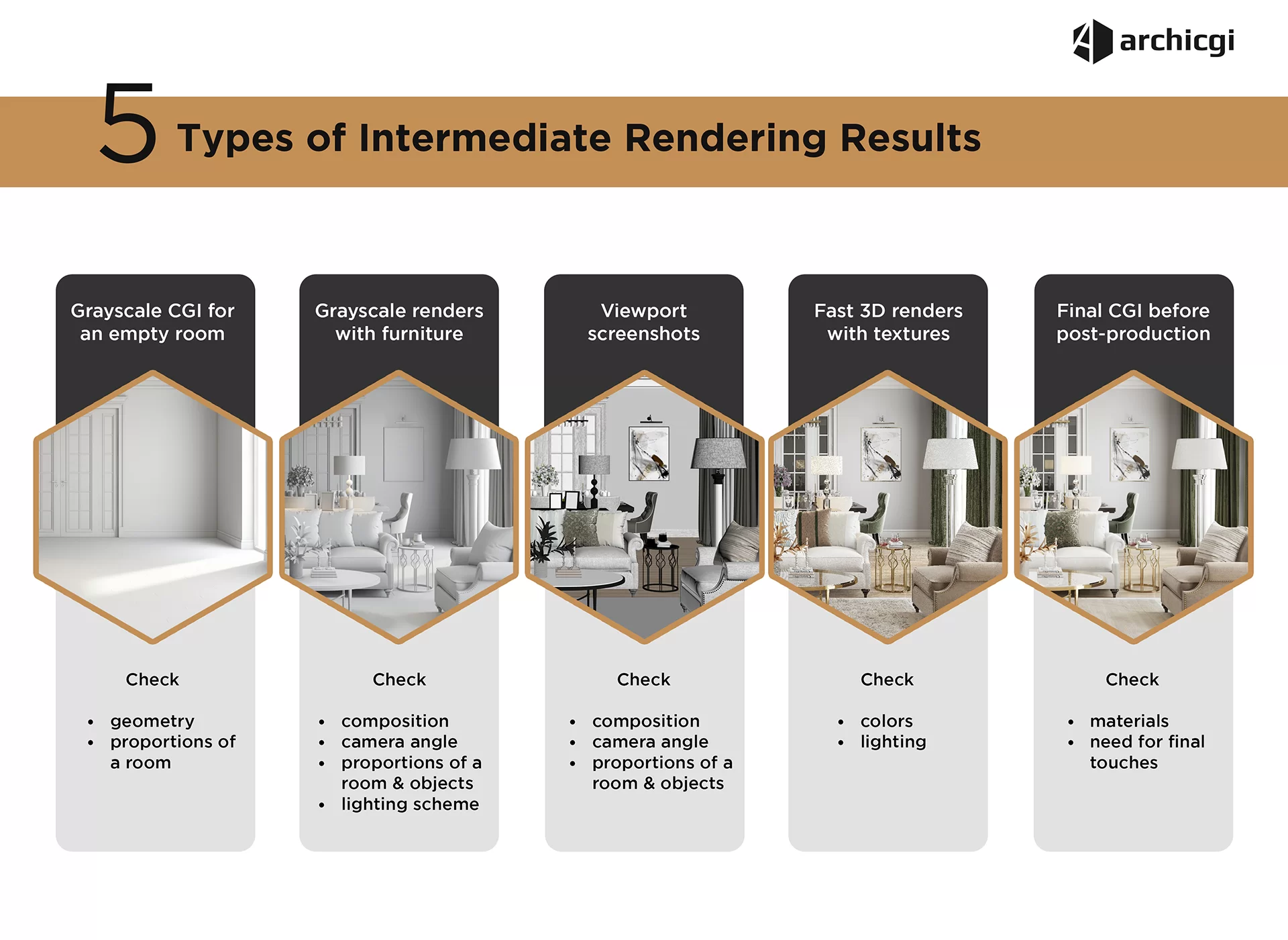An architectural animation cost depends primarily on the scale of the object shown and the environment shown. Naturally, the taller the building, the more complex the structure and detailing, the higher the cost for architectural 3D modeling is.
A great way to reduce the cost of 3D modeling here is to provide 3D visualizers with a CAD model of the building. If the model is of sufficient quality to be improved upon and used in the architectural flythrough, it will reduce the cost drastically. If the quality is insufficient, it will still be useful to 3D artists as a reference.
The complexity and scale of the environment influence the cost, too. It can be modeled from scratch in photorealistic quality or created based on a drone-shot video. 3D Animation with drone footage is budget-friendlier, as the artists don’t need to build everything digitally.
Furthermore, the cost of a 3D walkthrough depends on its length, the complexity of camera movements, and the visual effects used. Hence a need to carefully choose the animation camera shots and areas to show. The 3D artists will gladly help narrow down the selection without losing any information or visual impact.
Atmosphere-wise, the price of 3D architectural animations also depends on the lighting, time of day, season, and weather chosen. Summer scenes, for instance, usually add less to the cost than winter ones. Moreover, getting a few scenes with seamless transitions from day to dawn and night is entirely possible, yet will come at a cost, too. The visual impact of transitions is show-stopping, though. Imagine showing your project in spring with flower petals gently falling from the blossoming trees and washed in golden sunlight. Then, the scene will move to the golden hues of the autumn, and next — to sparkling white snow, fluffy snowflakes, and Christmas lights seen through the windows.
The only thing that could make this 3D flythrough more atmospheric is music and a voice-over. These elements can totally be added to the CG video and of course, will have a certain impact on the cost. For instance, one can opt for a royalty-free soundtrack or get a unique piece of music.
In addition, the cost depends on post-production elements. For instance, we can add 3D people to the animation, as well as animals or cars. These characters are used to infuse the video with life, make it more dynamic, and appeal to viewers.
Just as importantly, one should remember about the revisions. Their number and amount may have a heavy impact on the final cost of an architectural animation. The wise strategy would be not to skip any workflow stages and see that everything aligns with your vision at every step of the way. Such an approach will reduce the number of revisions to a minimum and help keep the cost of architectural animation within budget.





Want to learn how much your project costs? See how we evaluate 3D rendering projects
See our pricing